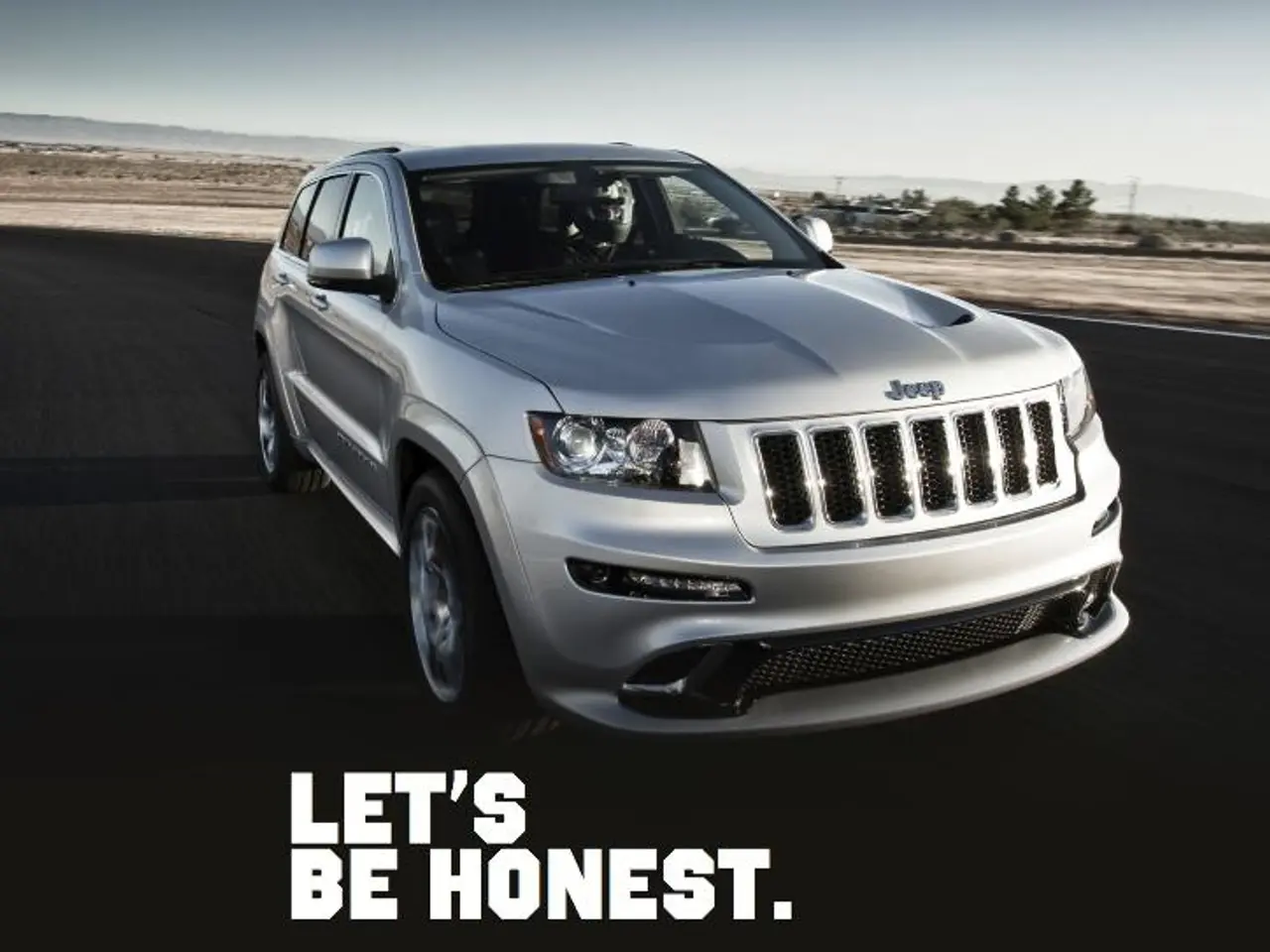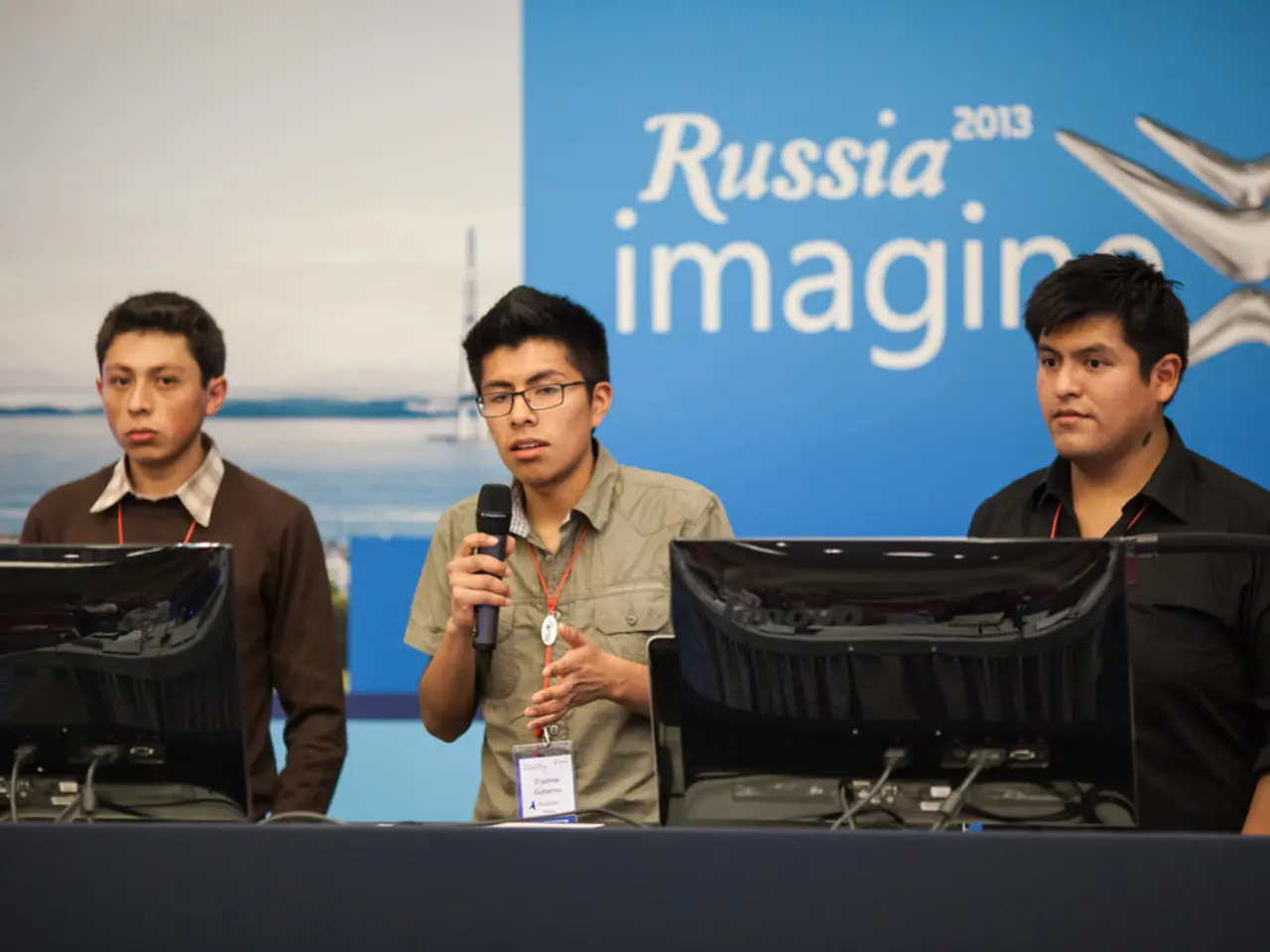Porsche 911 with Water-Cooling Technology Gains Recognition Long Overdue
The Porsche 996, produced from 1998 to 2005, marked a significant shift in the evolution of the iconic Porsche 911 sports car. This fifth generation of the 911 introduced a series of groundbreaking changes, most notably the transition from air-cooled engines to water-cooled flat-six engines.
The 996 weighed between 2,900 and 3,300 pounds, making it a powerful and agile vehicle. It was introduced at the IAA International Motor Show in Frankfurt in 1997, signalling the beginning of a new era for the 911.
The 996's design was more curvaceous and featured distinctive "fried egg" style headlamps, a controversial departure from the traditional round headlights. Despite its polarising appearance, the 996 was built in large numbers, with over 175,000 examples produced in total.
The 996 shared front suspension and water-cooled engines with the Porsche Boxster, promoting parts commonality and cost efficiency. The engine size started at 3.4 litres and was later upgraded to 3.6 litres, delivering improved performance.
Some 996 models may have experienced issues with the intermediate shaft bearing, particularly in 3.4-litre engines. However, many 996 cars have enjoyed trouble-free lives with no problems from their IMS bearing. Leaking rear main seals and inadequate lubrication could cause cylinder bore scoring in some 996 cars, but most of these issues have been corrected.
The 996 was slightly more powerful than the 993, with 296 hp. Notable models from the 996 generation include the 1999 Porsche 911 '996' Carrera Coupe, which can command high prices, and the 996 Turbo S, GT3, and GT2, which were produced through 2006.
The 996 was succeeded by the Porsche 997, which featured a return to the classic round "bug eye" headlamp design and refinements in styling, increased power, and improvements in interior quality and equipment. The 997 lineup included Carrera, Carrera S, Carrera 4 and 4S, Turbo, GT3, and GT2 variants, expanding the 911 range significantly.
In summary, the Porsche 996 stands out as a pivotal model in 911 history due to its switch to water cooling, new design language, and modernization of the lineup. Model-year 2002 and later cars, or low-mileage examples throughout the production run, can command prices over $40,000, with low-mileage, six-speed Turbos costing up to twice as much. The 996's legacy continues to influence the development of the 911, with the 997 refining these changes and restoring more traditional 911 styling.
The transition from air-cooled engines to water-cooled flat-six engines in the 996, as the fifth generation of the Porsche 911, precipitated a significant shift in the automotive industry's standards for sports cars. This shift was further economic in nature, as the 996 shared parts with the Porsche Boxster, showcasing an ingenious system of cost efficiency in the finance sector of the transportation industry. The 996's impact on lifestyle choices was profound, offering car enthusiasts a powerful, agile vehicle that was a marvel of engineering while maintaining the iconic Porsche design, despite its controversial 'fried egg' headlamps.




